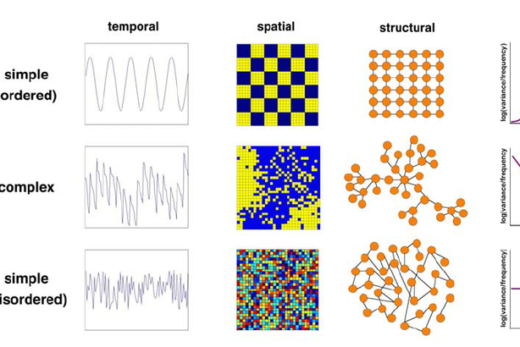
In computer science, algorithms are essential tools for solving problems efficiently. When designing algorithms, two key concepts to consider are optimality and complexity. Both concepts are related to the efficiency of an algorithm, but they approach efficiency from different perspectives.
Optimality refers to the best possible solution to a problem, while complexity refers to the number of resources required by an algorithm to solve a problem. The criteria for optimality may differ depending on the application, but the goal is always to find the best possible solution given the problem’s constraints.
For example, in a sorting algorithm, the goal is to sort a list of elements in a certain order as quickly and efficiently as possible. A sorting algorithm that provides the sorted list in the shortest amount of time is considered optimal for that particular problem.
However, it’s important to note that optimality does not always mean the fastest algorithm. In some cases, an optimal algorithm may take longer than others but still provide the best possible solution. The key is to strike a balance between efficiency and optimality based on the requirements of the problem at hand.
Complexity, on the other hand, refers to the amount of resources required by an algorithm to solve a problem. Resources may include time, memory, energy, or any other measure of computational effort. The complexity of an algorithm is typically expressed in terms of its worst-case time or space complexity.
The worst-case complexity of an algorithm represents the maximum amount of resources required by the algorithm to solve a problem. This is important because it provides an upper bound on the number of resources needed to solve a problem, regardless of the input data.
In a sorting algorithm, the worst-case time complexity is the maximum time needed to sort any list, regardless of its elements. This allows algorithm efficiency comparisons for the same problem.
Conversely, there are many algorithms that are designed to be efficient but may not provide optimal solutions. These algorithms may be useful in applications where speed and efficiency are more important than solution quality.
In general, the goal of algorithm design is to strike a balance between optimality and complexity based on the specific requirements of the problem at hand. This requires careful consideration of the trade-offs between these two concepts and the constraints of solving the problem. There are several techniques for optimizing algorithms and reducing their complexity. One common technique is to use divide-and-conquer algorithms, which break down a problem into smaller subproblems that are easier to solve. Another technique is to use dynamic programming, which involves breaking down a problem into smaller subproblems and storing the solutions to those subproblems to avoid redundant calculations.









